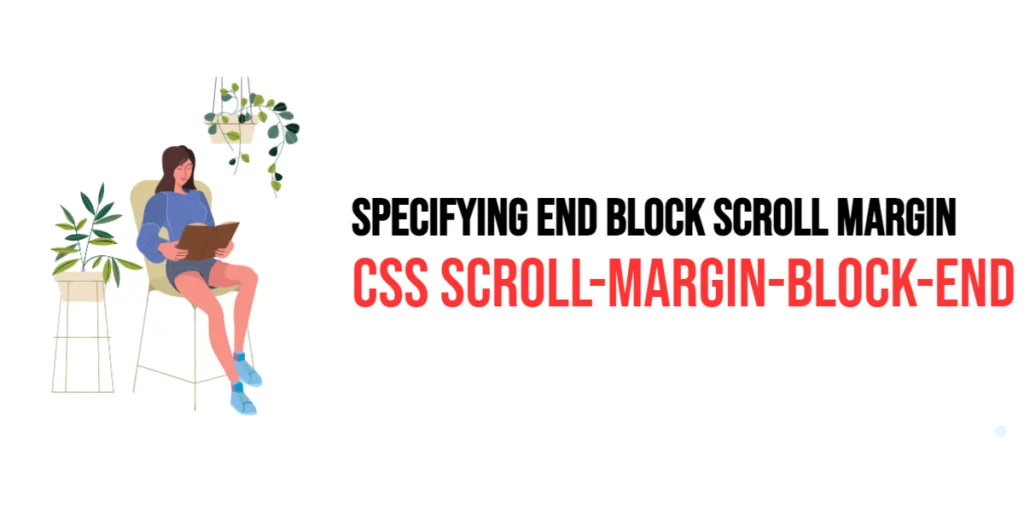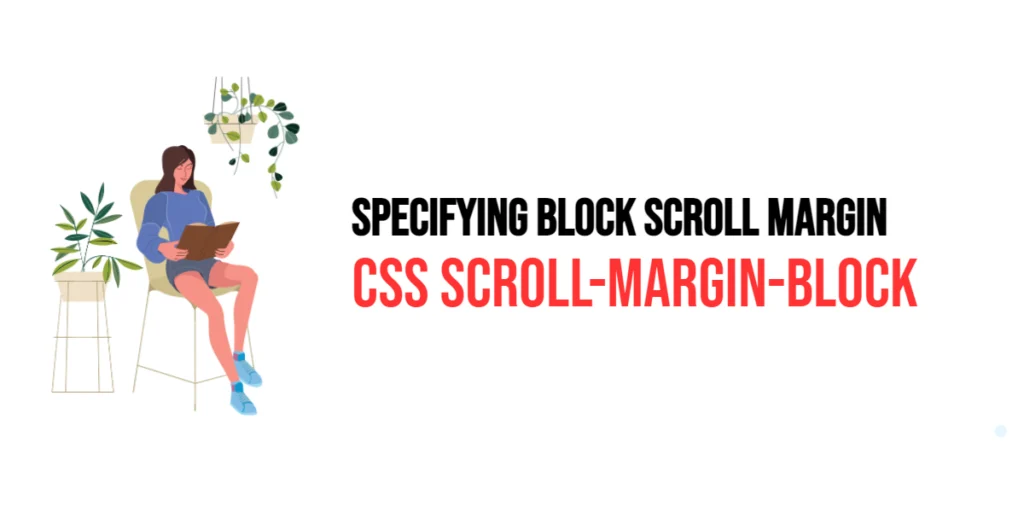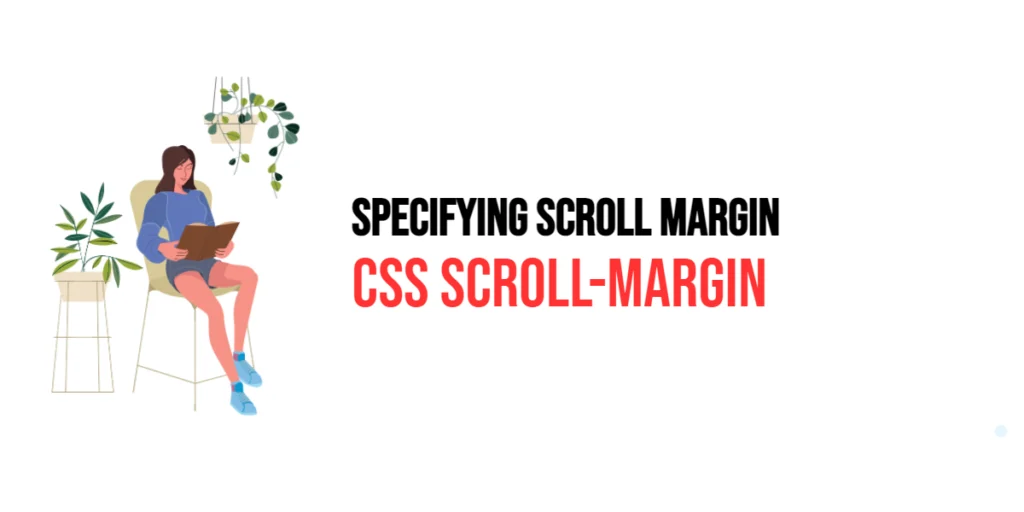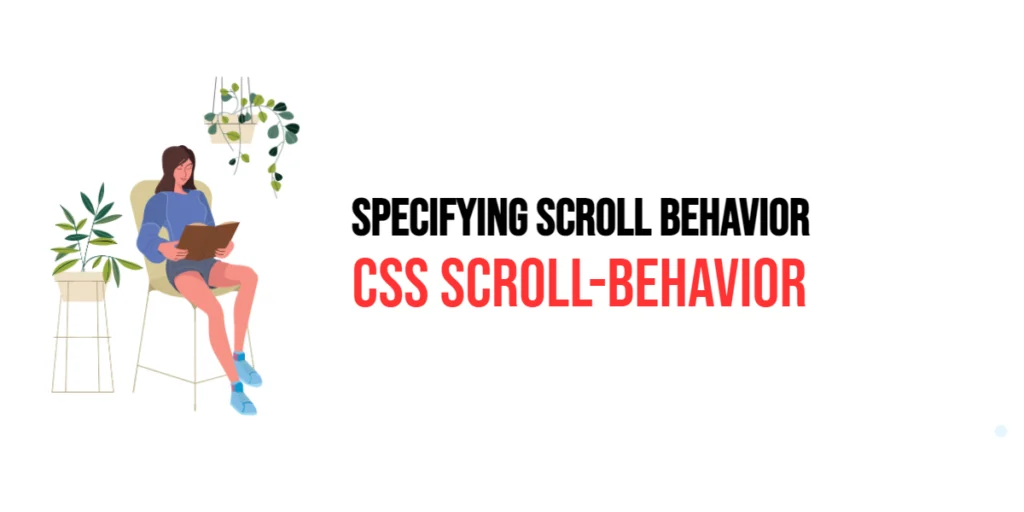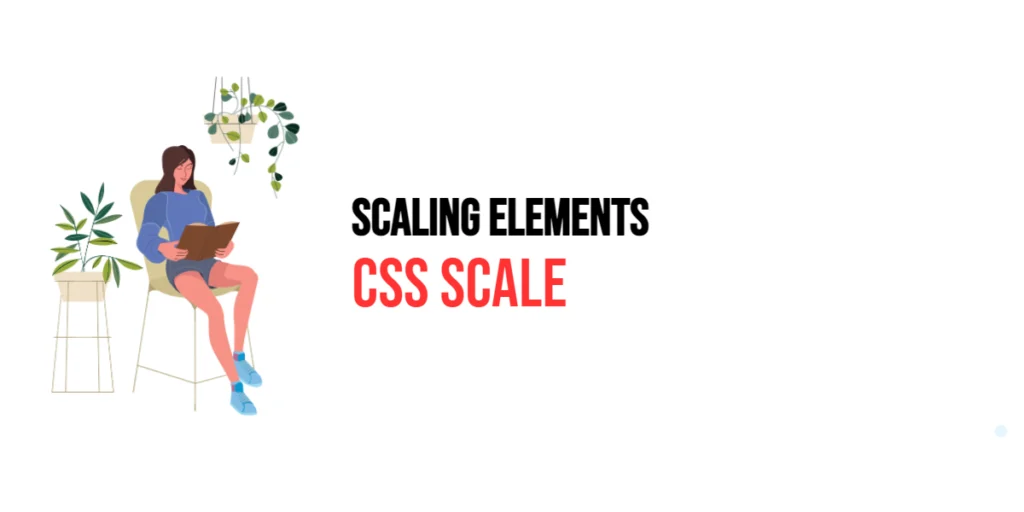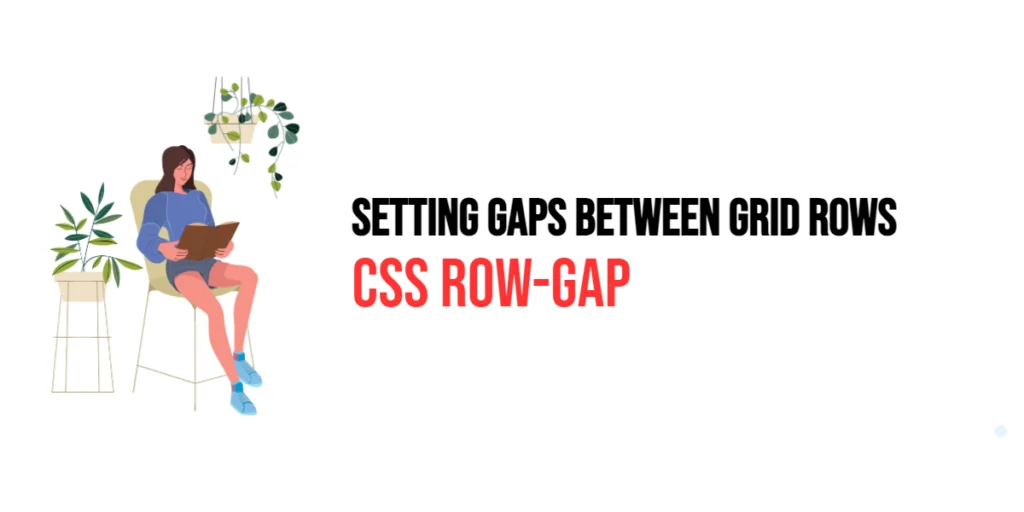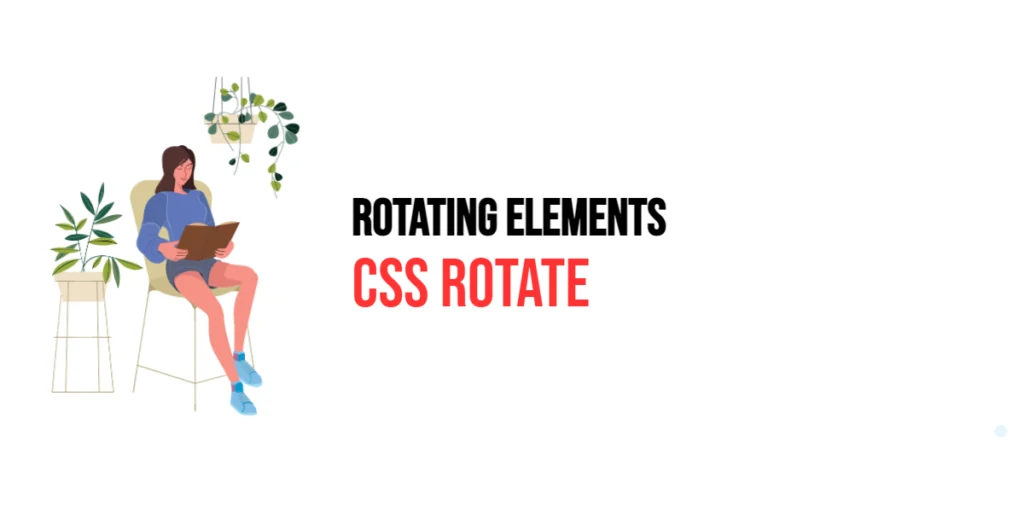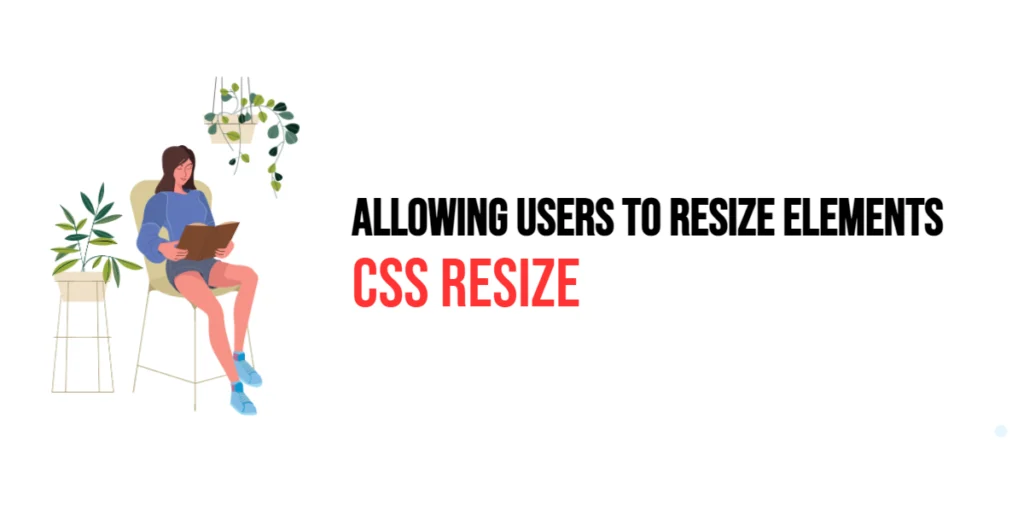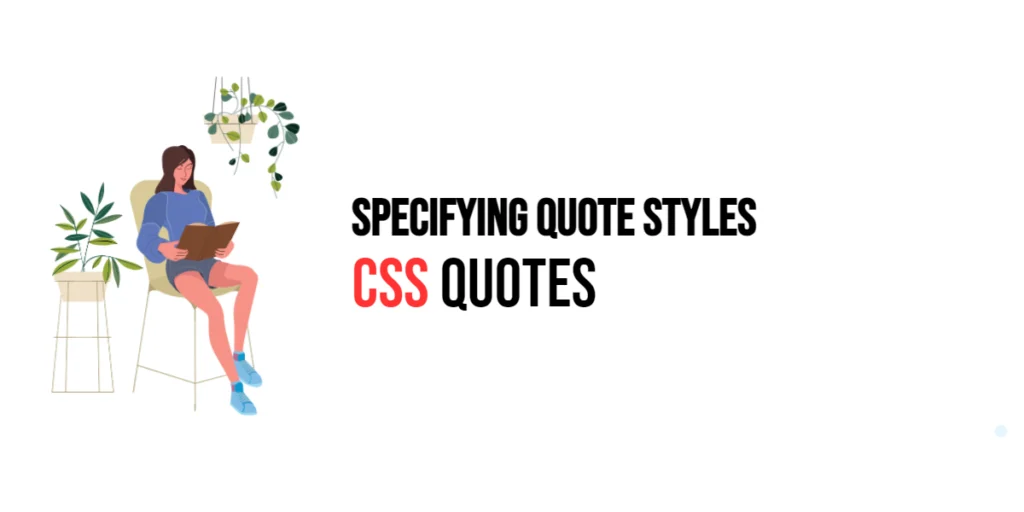CSS: Scroll-Margin-Block-End – Specifying End Block Scroll Margin
The scroll-margin-block-end property in CSS is a valuable tool within the Scroll Snap module, designed to control the margin at the block-end (bottom in a top-to-bottom writing mode) of an element when it is snapped into view. This property is essential for creating smooth scrolling experiences by adding extra space at the end of block-level […]
CSS: Scroll-Margin-Block-End – Specifying End Block Scroll Margin Read More »
